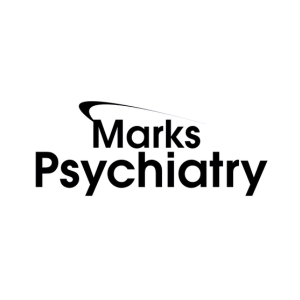Unlocking ADHD Focus Power
Did you know that just one workout can significantly boost your ability to focus? For those living with ADHD, this isn’t just an interesting fact – it could be a transformative tool.
Products To Support You

I Am Enough Framed Canvas series

A seat at the table tee shirt
Exercise has a profound impact on the brain, particularly for managing ADHD symptoms. It goes beyond physical fitness, directly influencing the brain’s chemistry, structure, and function. Let’s explore how this works and how you can use exercise as a powerful tool for ADHD management.
The Role of Dopamine in ADHD
Dopamine, a neurotransmitter, plays a key role in attention, motivation, and reward. In ADHD, dopamine signaling is often dysregulated. Here’s where exercise makes a difference:
Think of dopamine like a key and your brain’s receptors as locks. In ADHD, there might be issues with both the keys and the locks. Exercise not only produces more keys but also improves the functionality of the locks, enhancing attention and impulse control.
The Impact of Norepinephrine and Brain Structure
Another neurotransmitter affected by ADHD is norepinephrine, which influences alertness and cognitive performance. Exercise provides a temporary boost in norepinephrine levels, improving focus and attention during and after physical activity.
Exercise also changes brain structure, especially in the prefrontal cortex – the brain’s command center for planning and impulse control. Increased blood flow and activity in this area improve executive functions, making it easier to manage ADHD symptoms over time.
Types of Exercise for ADHD
Not all exercises are equally effective for ADHD. Here’s a breakdown:
1. Aerobic Exercise
2. Resistance Training
3. Activities for Specific ADHD Challenges
Practical Strategies to Stay Consistent
Building a consistent exercise routine can be challenging, especially for individuals with ADHD. Here are some tips:
1. Start Small
Begin with just 5-10 minutes of activity. Even brief sessions can create positive changes in your brain.
2. Make It Fun
Choose activities that align with your interests:
3. Experiment with Timing
Morning exercise can improve daytime focus, but any time that fits consistently into your routine works. If you prefer evenings, finish at least 90 minutes before bedtime to avoid disrupting your sleep.
4. Tailor for Kids and Teens
The Immediate and Long-Term Benefits of Exercise
Exercise offers both instant and lasting benefits for ADHD management:
It’s important to view exercise as part of a comprehensive ADHD management plan, not a standalone solution. Combining physical activity with other treatments can amplify its benefits.
Final Thoughts
Incorporating exercise into your daily routine doesn’t have to be overwhelming. Start small, find activities you enjoy, and prioritize consistency. Whether it’s a quick morning jog, a yoga class, or strength training, every bit of movement helps in managing ADHD symptoms.
By embracing the power of exercise, you can take a significant step toward improved focus, better mood regulation, and enhanced overall well-being.
References
Explore how mindful movement can further enhance mental resilience in our next post. For now, consider how you can integrate exercise into your daily life to support ADHD management.

